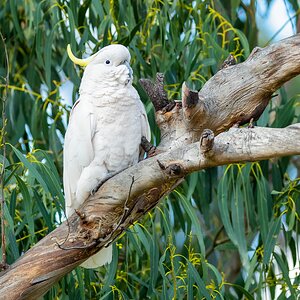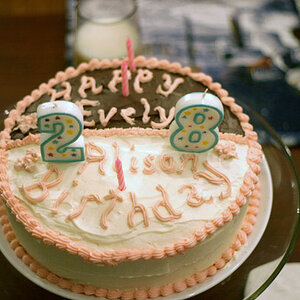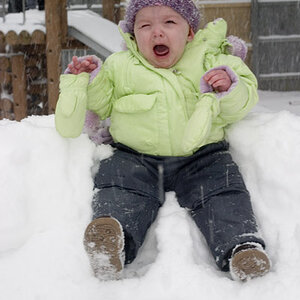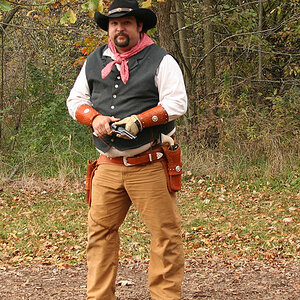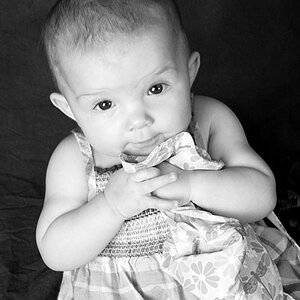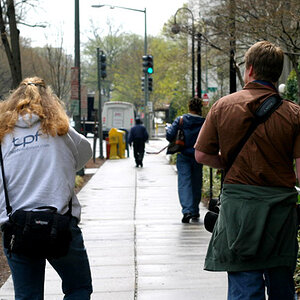dom44
TPF Noob!
- Joined
- Jan 4, 2015
- Messages
- 2
- Reaction score
- 0
- Can others edit my Photos
- Photos NOT OK to edit
Hi Everyone,
I'm not much of a photographer and I currently use a bridge camera (The fujifilm HS50 exr).
I go into the back country a lot and would like to start taking some pictures of the milky way. Unfortunately even in manual mode my camera simply can't take a decent night sky photo.
I figure its time for me to get a proper DSLR and learn it.
There are however so many options out there and every blog I read seems to suggest very expensive cameras +lens to do such photography.
I would like to start off with something cheap, maybe even 2nd hand but has a decent enough quality that would keep me encouraged to use it. Do you guys have any suggestions on what camera and lens I should be looking for?
Thank you.
I'm not much of a photographer and I currently use a bridge camera (The fujifilm HS50 exr).
I go into the back country a lot and would like to start taking some pictures of the milky way. Unfortunately even in manual mode my camera simply can't take a decent night sky photo.
I figure its time for me to get a proper DSLR and learn it.
There are however so many options out there and every blog I read seems to suggest very expensive cameras +lens to do such photography.
I would like to start off with something cheap, maybe even 2nd hand but has a decent enough quality that would keep me encouraged to use it. Do you guys have any suggestions on what camera and lens I should be looking for?
Thank you.



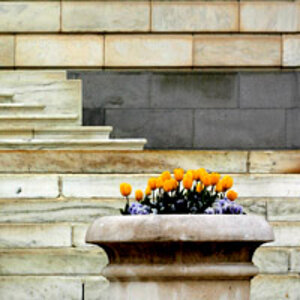
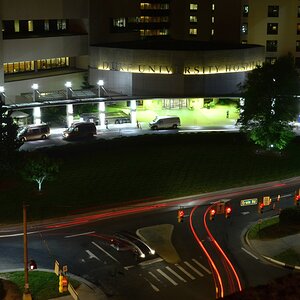
![[No title]](/data/xfmg/thumbnail/37/37611-325cc048f59de7016225f9d516b910ee.jpg?1619738149)
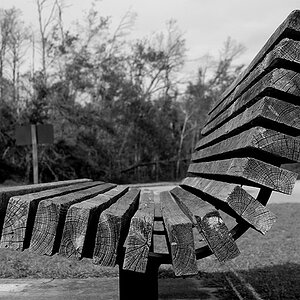
![[No title]](/data/xfmg/thumbnail/41/41905-b622c7d92c817afea0d4f5704e7fb329.jpg?1619739940)
